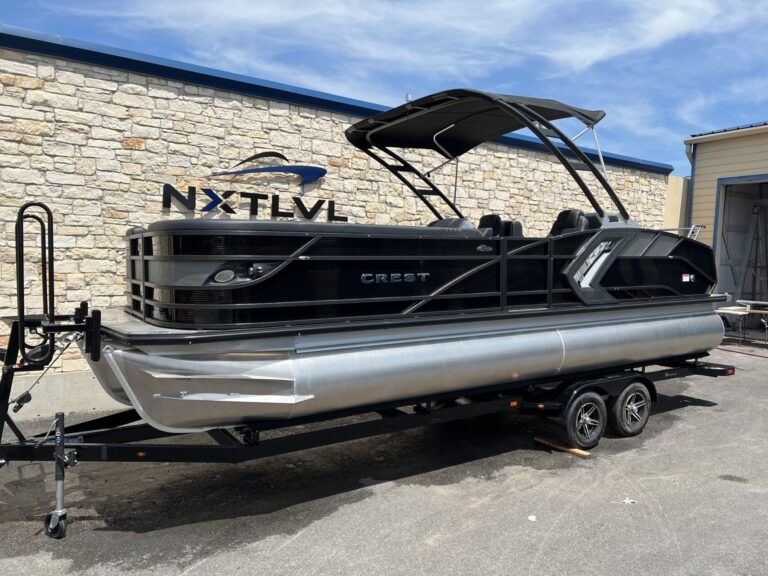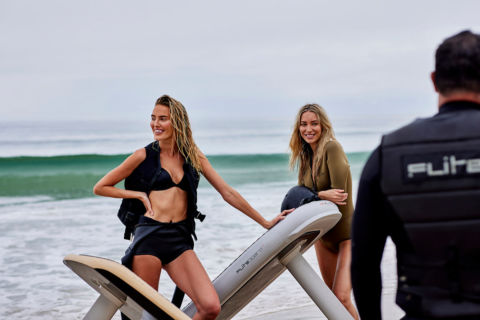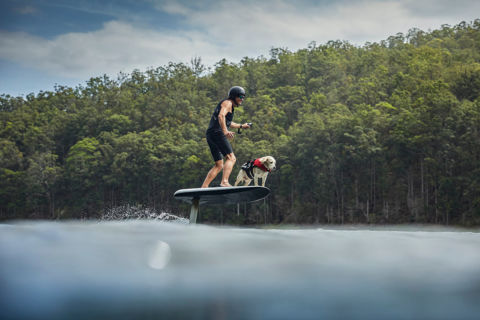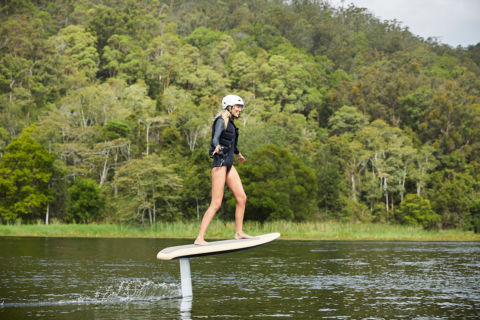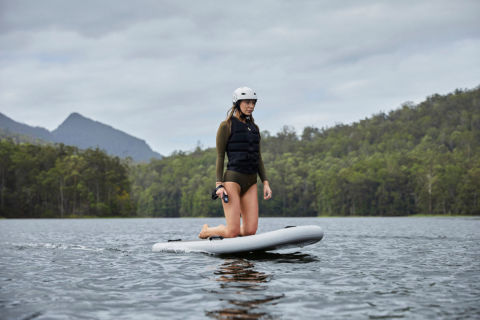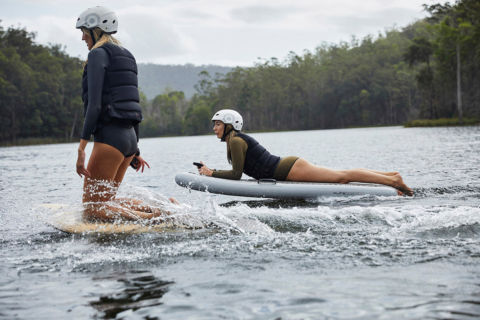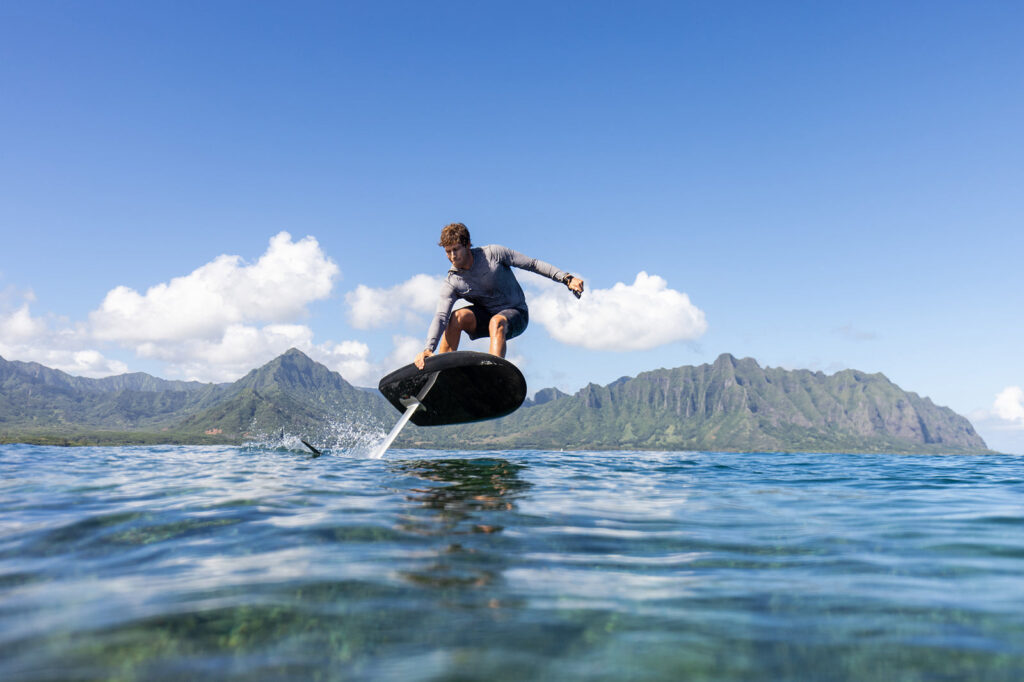Fliteboard
Surf Without Wind or Waves
Fliteboard founder David Trewern grew up surfing and windsurfing from an early age. At a kitefoil event without wind in early 2016, an idea struck to add an electric motor to his foiling kiteboard.
“I became captivated by this vision in my mind of a self-propelled, electric-powered flying surfboard.”
The kitchen became a workshop, and the 3D printer went into overdrive. Dozens of prototypes later, and Fliteboard flew for the first time.
“Within the first few seconds, I knew this was something magical. The feeling of freedom was like nothing else. This would revolutionize water-sports.”
“I’ve been inspired for decades by entrepreneurs such as Steve Jobs, Elon Musk and Henry Ford, and designers like Dieter Rams, Marc Newson and Jony Ive. This was my chance to bring something amazing to the world.”
Discover Models
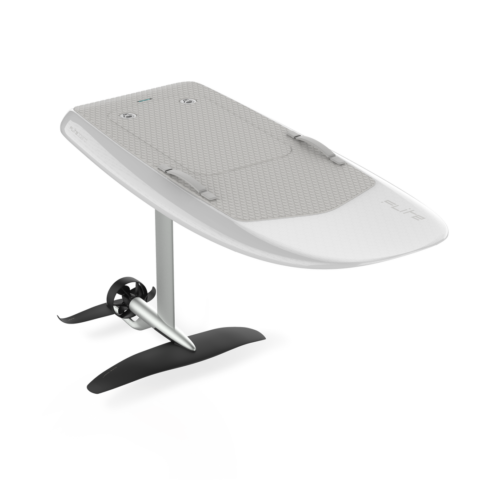
Our most popular and versatile Fliteboard. Suits riders from beginner to advanced. Enough volume and deck area for early planning and easy pop-up, yet still highly maneuverable and easy to transport.
— Size 5’8” x 28”
— Volume 100 litres
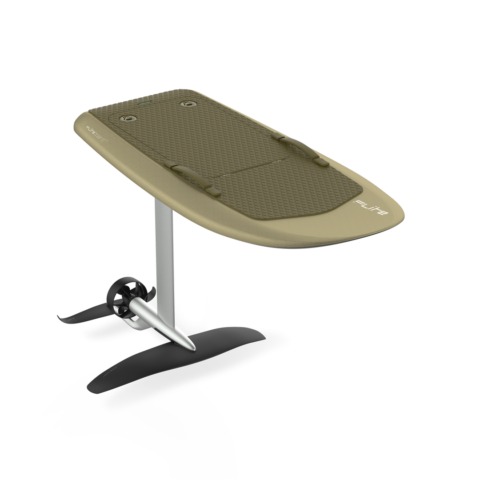
For lighter/experienced riders that want a lighter-weight, more responsive board. Fliteboard comes standard with a prop guard. Advanced riders can setup “Pro Mode” by removing the prop guard with our prop duct removal kit – this will increase responsiveness, efficiency and run time.
— Size 5’0″ x 24.5”
— Volume 67 liters
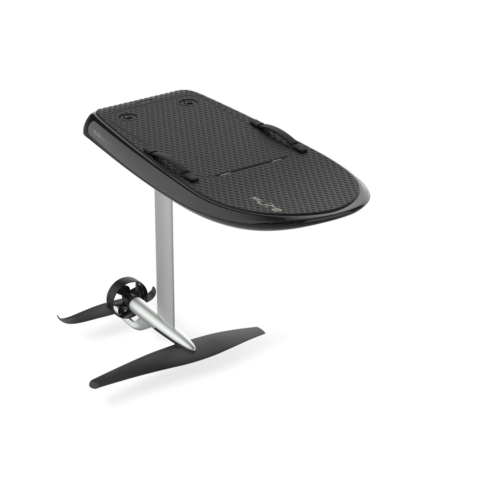
For experienced riders that want to push the limits on the smallest, board available. Foot straps come standard, backflips are optional. Advanced riders can setup “Pro Mode” by removing the prop guard with our prop duct removal kit – this will increase responsiveness, efficiency and run time.
— Size 4’2” x 23″
— Volume 54 liters
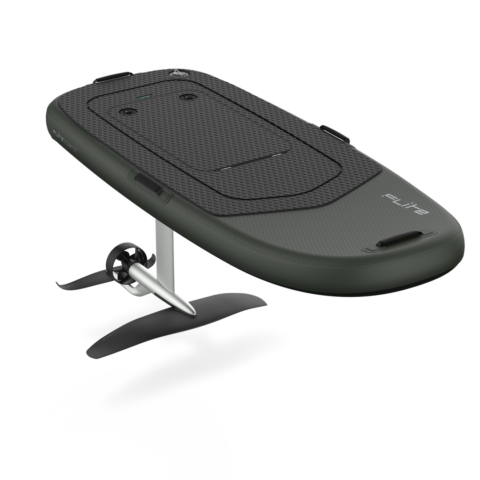
High quality inflatable board. Suitable for beginners, Fliteschools, yachts and commercial operators. 50% more buoyant than the standard board to make learning even easier. Packs down for easy transportation.
— Size 6’0” x 30″
— Volume 150 liters
Proudly Awarded





Why choose Flite?
Get Info
"*" indicates required fields








